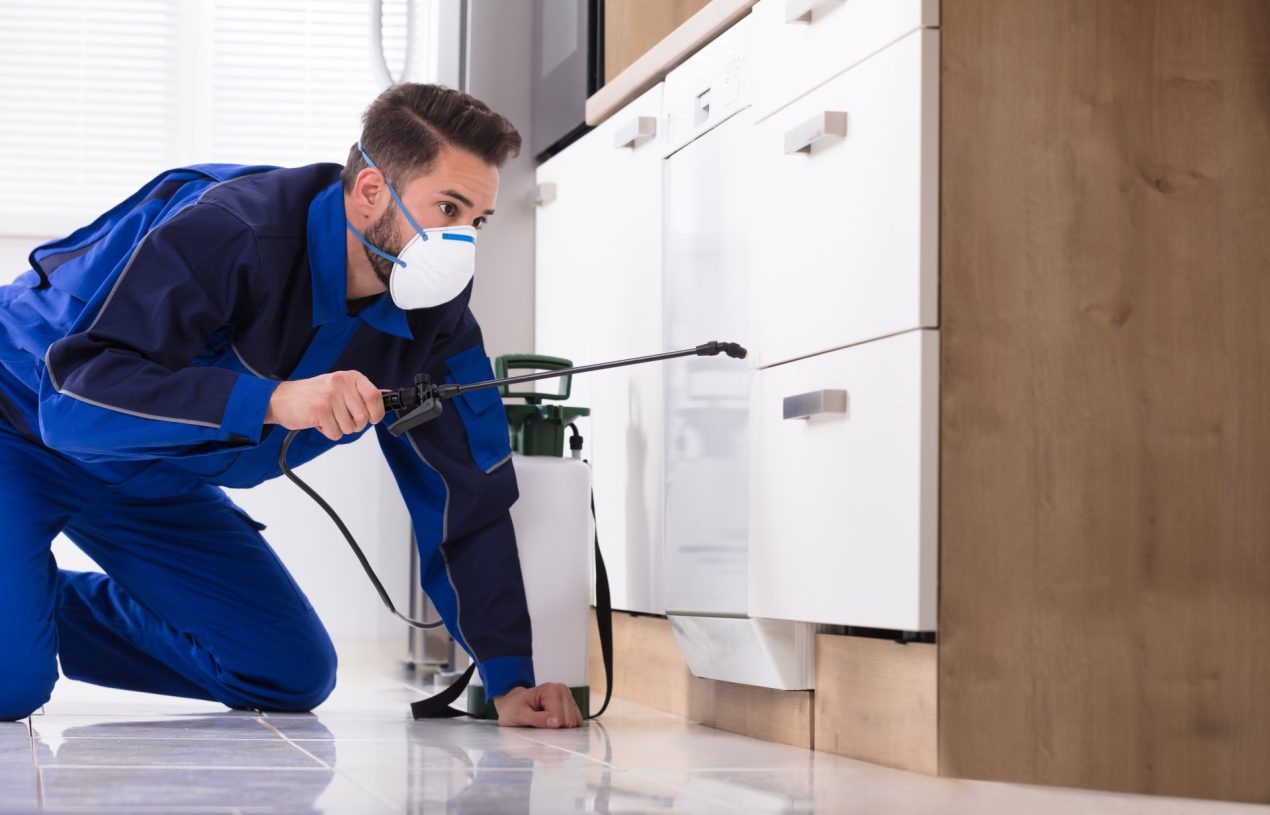Pests are a common problem in many academic institutions, ranging from preschools to universities. These unwanted creatures not only cause damage to the property but also pose health risks to students and staff. It is crucial for academic institutions to have effective pest control measures in place to maintain a safe and healthy learning environment for everyone.
One of the main concerns with pest control in academic institutions is the use of harsh chemicals that can be harmful to students and staff. The traditional methods of pest control often involve spraying toxic pesticides, which may have adverse effects on human health. This raises valid concerns about the safety measures taken by schools, especially when dealing with young children.
To combat this issue, many schools are shifting towards safer and more environmentally friendly pest control methods. Integrated Pest Management (IPM) is an eco-friendly approach that focuses on preventive measures rather than relying solely on chemical treatments. It involves identifying the root cause of pest problems and implementing sustainable solutions such as sealing entry points, proper waste management, and maintaining cleanliness.
Schools also need to address potential breeding grounds for pests like cluttered storage areas or neglected garbage bins. By keeping these areas clean and organized, they https://www.fyple.biz/company/safe-pest-control-9zh1xxr/ can reduce the risk of infestations significantly.
Another aspect of safe pest control for academic institutions is choosing non-toxic products for treatment purposes. Several organic insecticides are now available in the market that effectively controls pests without posing any threat to human health or the environment.
For instance, diatomaceous earth is a natural substance made from fossilized algae that can effectively kill insects by dehydrating them without causing harm to humans or pets. Other natural remedies such as essential oils like peppermint or lavender also act as natural repellents against pests like ants or cockroaches without exposing anyone to potentially dangerous chemicals.
Besides using eco-friendly methods, it’s equally important for academic institutions always hire licensed professionals who practice safe pest-control practices regularly. A qualified technician will work closely with schools to tailor pest control plans that are safe and suitable for their specific needs.
Moreover, educating students and staff about the importance of pest control can also help prevent infestations. Raising awareness about simple measures like keeping food containers sealed, not leaving food scraps lying around, and avoiding clutter can go a long way in minimizing the risk of pests.
In conclusion, safe pest control is crucial for academic institutions to provide a healthy learning environment for students and staff. In addition to traditional methods, schools should embrace eco-friendly approaches like IPM and use non-toxic products for treatment purposes. By working closely with licensed professionals and educating students about preventative measures, schools can effectively keep pests at bay while prioritizing the safety of their community. With proper implementation of these methods, academic institutions can create a pest-free environment where everyone can thrive without any health hazards posed by toxic chemicals.

